The first smartphone with facial recognition with skin detection should be released in 2024. We were able to discover this technology at MWC 2023. In particular, it promises to be very reliable while gradually accompanying the disappearance of notches and pills on the screens. of telephones.
The same reliability as Face ID without having to stuff a notch or a pill on the screen. It is roughly in these terms that we could very roughly summarize the promise of a technology that we could see at work during the MWC 2023. This one has the potential to upset facial recognition on smartphone from 2024.
The German company Trinamix is indeed demonstrating its solution capable of precisely identifying human skin. Thus, she knows how to distinguish one person from another while avoiding being tricked by a photo or even a very realistic 3D mask. We have already been able to see its applications in the context of a “Face ID” for the car. However, in the near future, it is first of all the smartphone that will benefit from it.
2024, a pivotal year for facial recognition?
Two interesting facts should therefore be kept in mind:
- a smartphone will be equipped with this facial recognition solution via skin detection from 2024 (but Trinamix kept the name of the manufacturer);
- the component needed to use this solution is integrated under the smartphone screen, invisible to the naked eye.
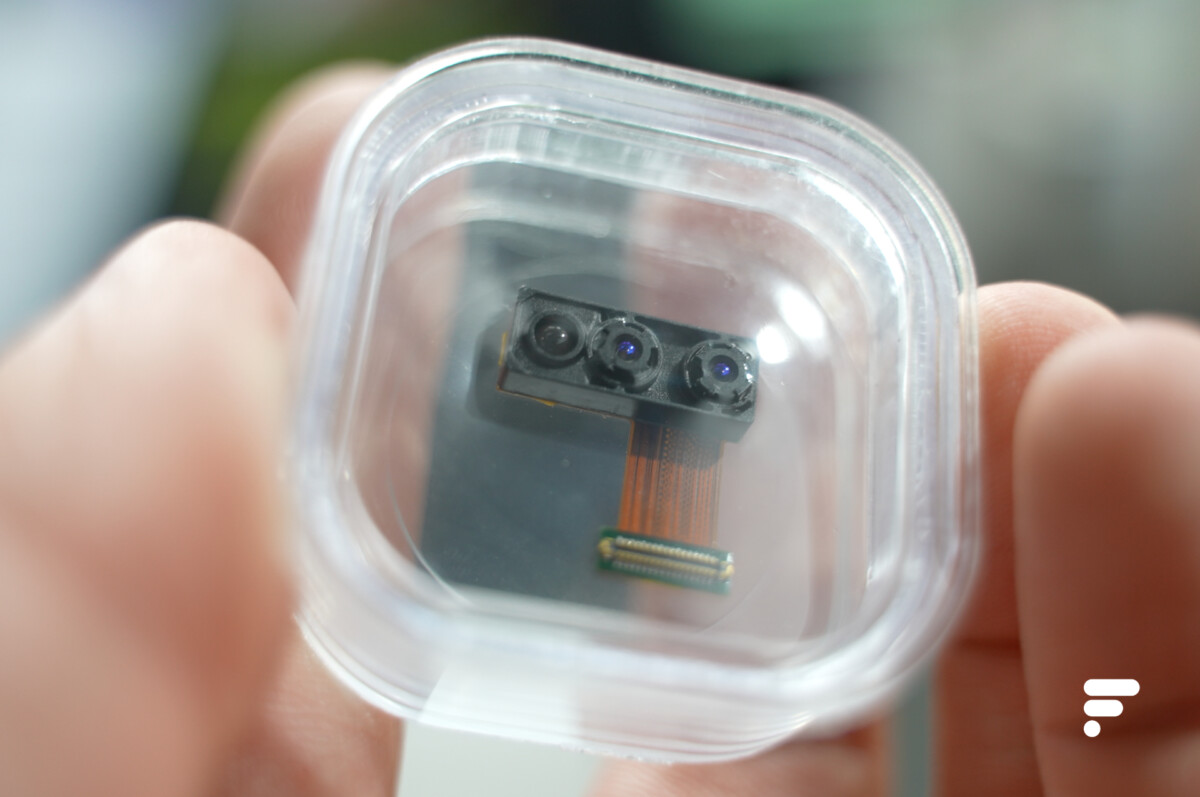
In other words, facial recognition on smartphones should start to see a big change next year. In 2024, we will indeed be able to see what Trinamix technology is worth on a product that is sufficiently mature to be marketed, but that would only be the beginning.
Indeed, one of the firm’s representatives assures with confidence that thanks to its technology, designs with notch or pill should disappear in a few years.
Towards the end of the notches, punch and pill
It should be remembered that players in the smartphone market are increasingly seeking to camouflage the selfie camera. This is the case of the Samsung Galaxy Z Fold 4 (on its internal screen) or even an attractive prototype from Oppo, to name but a few examples.
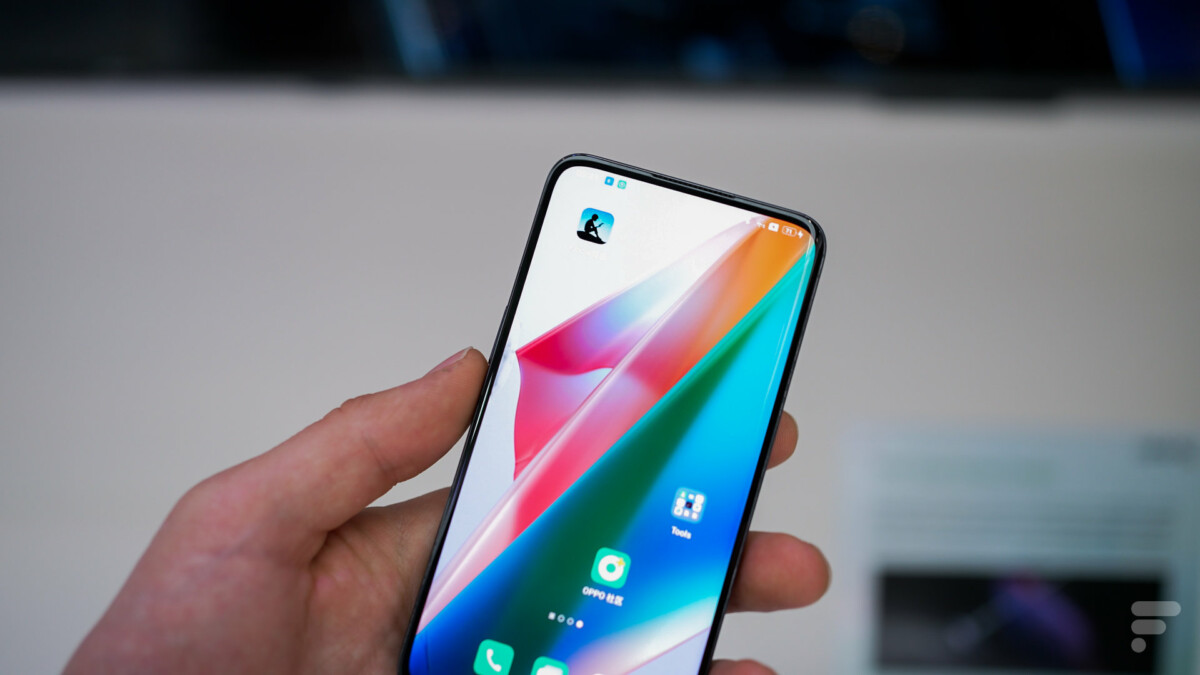
However, for the moment, it is not possible to offer really secure facial recognition while hiding the front sensors. Manufacturers must settle for a 2D solution a priori easy to fool with a photo.
On iPhone, Apple has long maintained a large notch to be able to integrate the sensors necessary for Face ID, its much safer 3D facial recognition. On the iPhone 14 Pro, the manufacturer has swapped the famous notch for a pill cleverly dressed by the functions of Dynamic Island.
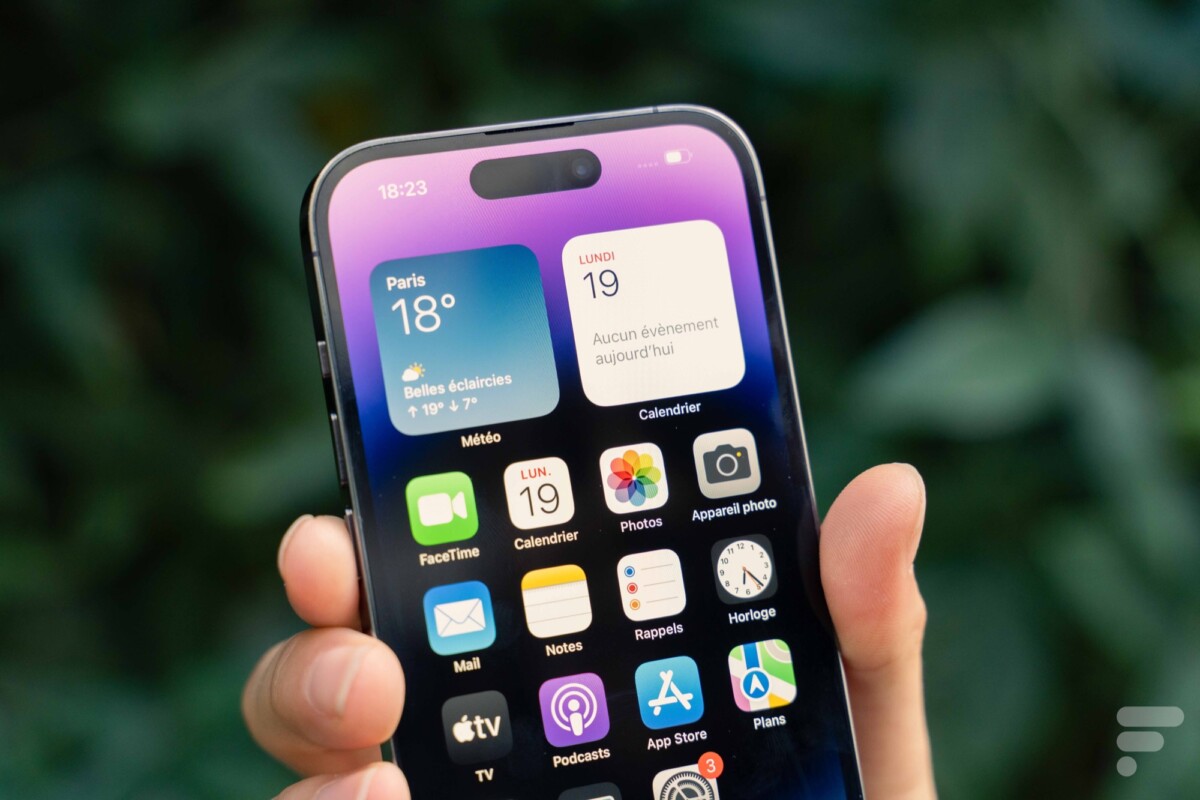
Nevertheless, the user must deal with a relatively large unused display area. Same story for the recent Honor Magic 5 Pro which also opts for a 3D solution at the price of a pill wider than the average.
What Trinamix suggests is that there would eventually no longer be a need to choose between the two. Manufacturers could integrate their front photo sensor and the Trinamix component – which relies among other things on infrared vision – below the screen. They would then have smartphones capable of offering really secure facial recognition without compromising on the design of the front panel. The benefits of Apple’s Face ID, without the drawbacks.
Is it really reliable?
The promises are all well and good, but are Trinamix’s algorithms really as reliable as the company claims? To convince the public – and no doubt some investors – the German firm modeled very realistic 3D faces modeled on the faces of the spokespersons present on the stand.

The idea was precisely to show that even with a very faithful replica of the human face, the facial recognition solution was not fooled. We have seen it ourselves. Without activating the skin detection option, the smartphone made available for the demo gave access to an application both to the real human being and to its twin designed in 3D.
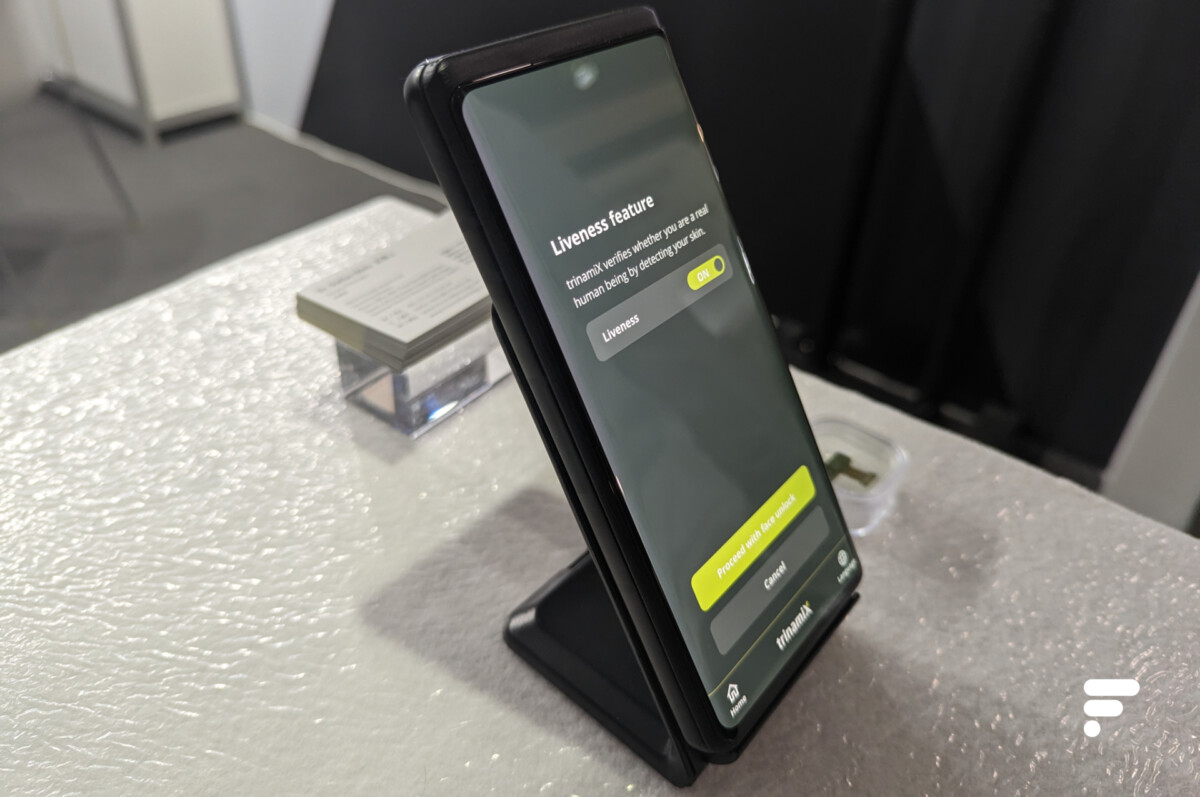
However, by activating the said function, the app is never fooled. It systematically refuses to validate access to the mask and does not fail to authenticate the truly human face of our interlocutor.
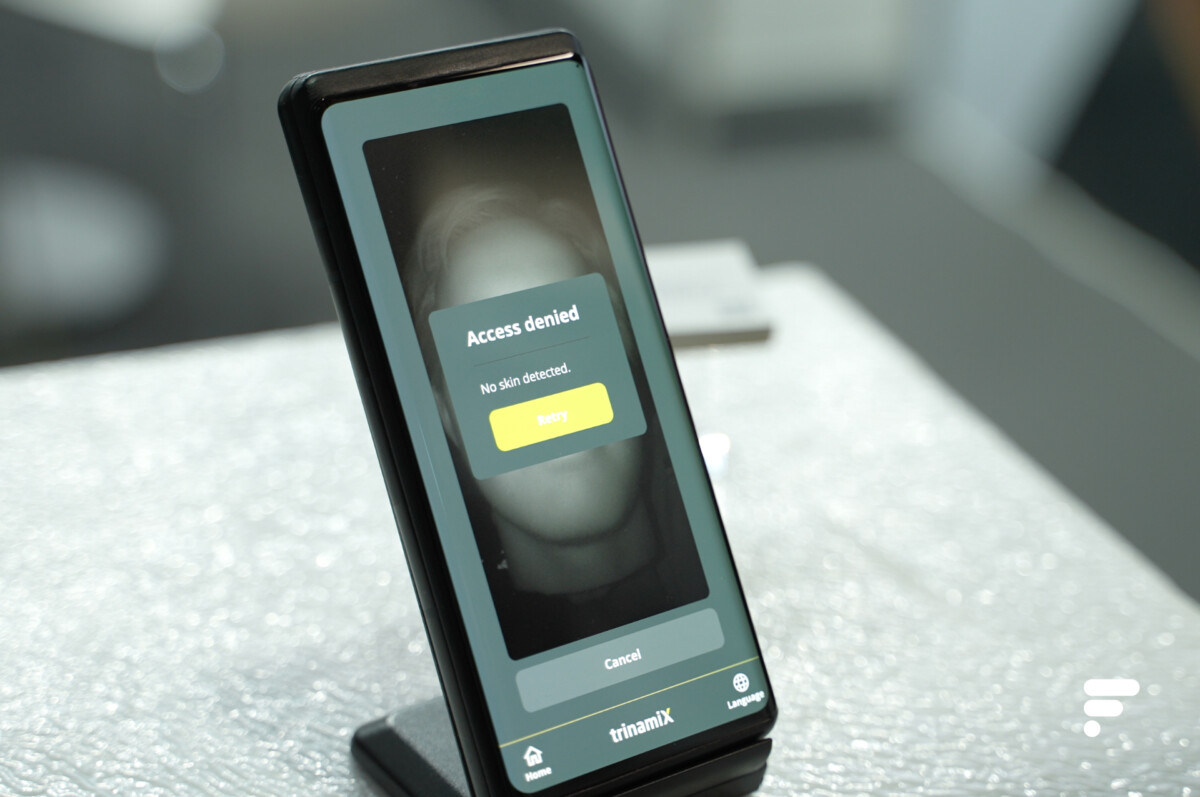
The demonstration is very impressive, but it will obviously be necessary to confirm these promising performances on the finished product. It remains to be seen whether the equipped smartphone planned for 2024 will be released in France or whether it will remain confined to one or a few markets in particular.
Our journalist Omar Belkaab is in Barcelona to cover MWC 2023 in its entirety, but he is present there as part of a press trip organized by Honor.
To follow us, we invite you to download our Android and iOS app. You can read our articles, files, and watch our latest YouTube videos.
